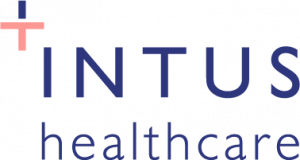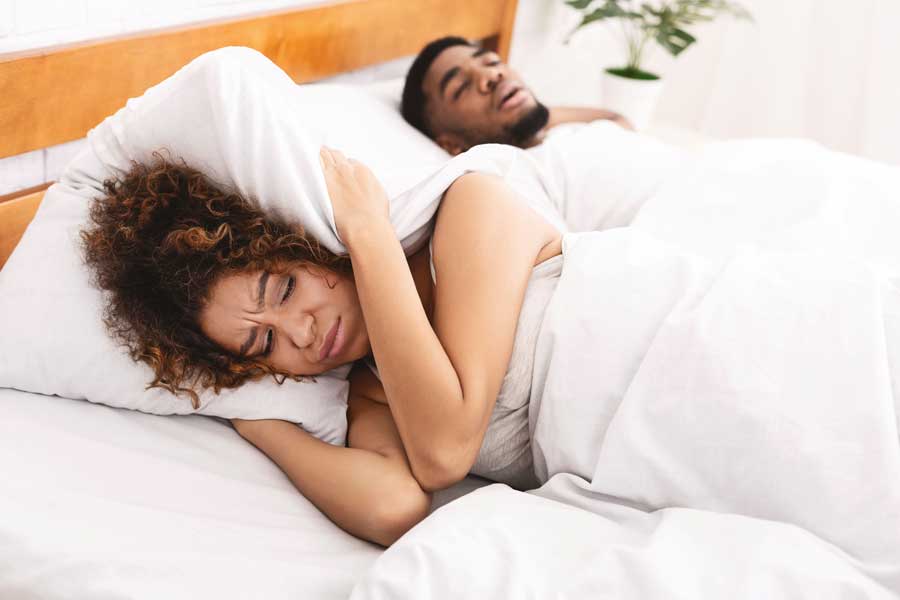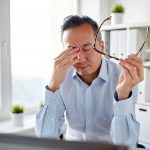Last updated on May 10th, 2021 at 03:59 pm
CPAP
One of the primary treatments for obstructive sleep apnoea (OSA) is continuous positive airway pressure therapy or CPAP. This tried-and-true treatment uses a device to supply pressurised air through a mask worn while asleep.
However, although many people benefit from using CPAP, some can struggle to adapt. If you want to reduce the symptoms of OSA, it is crucial to stick to the treatment plan recommended by a sleep specialist. CPAP alternatives would be recommended to anyone who is struggling with their therapy.
Bi-PAP
Bi-PAP or Bi-level positive airway pressure therapy is an alternative which is similar in the way it works in reducing the symptoms of OSA. The main difference is the pressure of the air supplied to the recipient is not set at a constant level. With BiPAP, two alternative pressure settings can be given, with the setting lower when exhaling compared to when inhaling. With CPAP there is just one pressure setting, therefore inhaling and exhaling at the same set pressure level.
Bi-PAP can benefit people who are finding it hard to exhale at the same pressure setting at which they are breathing in the air. By being able to have two pressure settings, they may find it easier and more comfortable to exhale. This can be particularly useful to those with existing health conditions such as heart or lung disease who find the higher pressure when exhaling difficult to manage.
Oral Device
For mild to moderate OSA, an oral device — similar to a mouthguard — may be recommended by a sleep specialist. There are a considerable number of different types of oral appliances, including mandibular advancement devices and tongue retaining mouthpieces.
They work by helping to keep the airways open as you sleep by lowering the jaw or keeping the tongue in position.
For people who don’t like wearing a mask, this may be an option. A sleep specialist can recommend the appropriate appliance to suit the individual.
These appliances look like a sports mouthguard, and it is best to have one custom-made to fit. As well as helping to keep the airways open and the tongue from falling back into the throat, they can help strengthen the surrounding muscles.
Oral appliances can be fitted by a specialised dentist who will likely take moulds of the teeth first in order to supply the custom-fitted appliance.
Nasal Valve Therapy
NVT is another non-invasive alternative for treating OSA. Nasal valve therapy involves a small valve attached to each nostril using hypoallergenic adhesive tape.
Primarily aimed at those with mild to moderate OSA, the valve opens when inhaling allowing you to breathe in freely. When exhaling the valve closes, redirecting the exhaled air through small air channels. In this way, it creates resistance when exhaling and the pressure helps keep the airways open until the next inhalation.
Problems Breathing Through the Mouth
Someone who has large tonsils or is suffering from congestion may breathe through their mouth only. This can lead to discomfort from a dry throat when using a device to supply air through a mask while you sleep.
This can be de-motivating, but as OSA treatment is so necessary, it is worth trying ways to get around this issue to continue with your treatment plan. A full-face mask is one solution, though this may be just as off-putting to some.
Home remedies include propping up your pillow to adjust the angle you sleep at or trying a nasal decongestant if congestion is the issue.
By consulting with your sleep specialist, you may be able to proceed with another treatment method, helping you reduce the symptoms of OSA and reduce the resulting health risks from sleep apnea.



